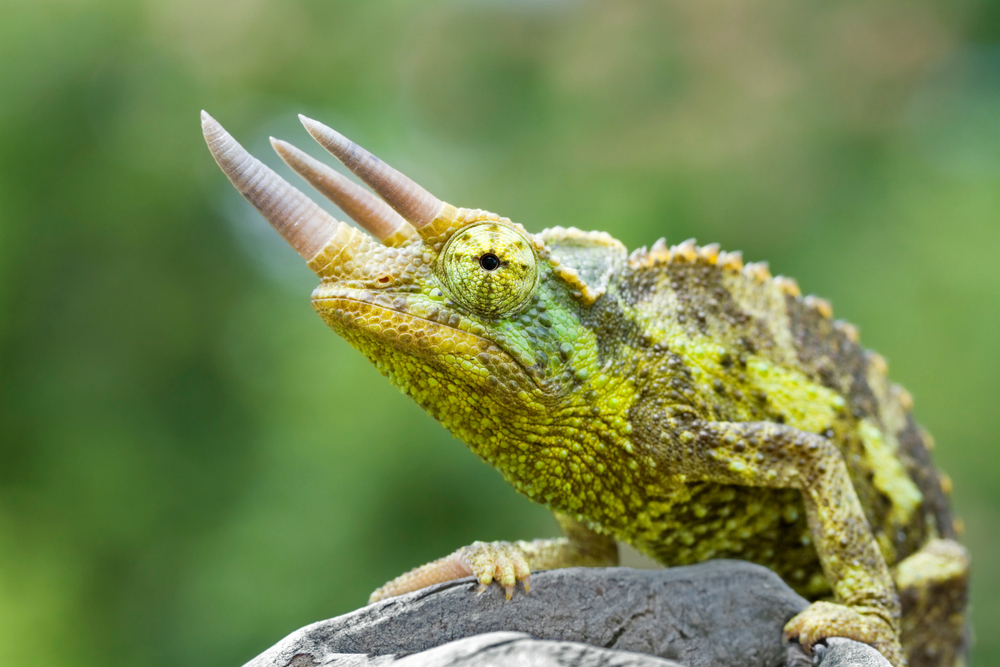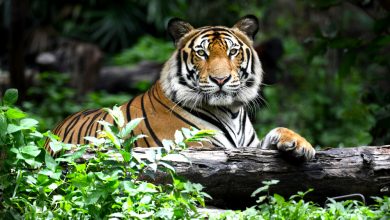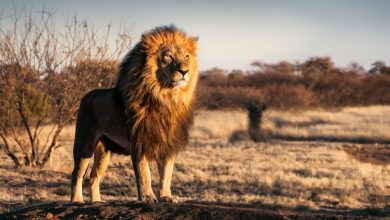Unbelievable but True: Crazy Animal Behaviors Explained

The animal kingdom is brimming with fascinating and sometimes bizarre behaviors that defy our expectations and ignite our curiosity. From the quirky mating dances of birds of paradise to the astounding problem-solving skills of crows, the diversity of animal behaviors is both astounding and thought-provoking. These unique actions often have deep evolutionary roots and critical survival functions, showcasing the incredible adaptability and ingenuity of wildlife.
In this blog, “Unbelievable but True: Crazy Animal Behaviors Explained,” we will delve into some of the most mind-blowing animal behaviors and uncover the reasons behind them. Our goal is to not only shed light on these remarkable phenomena but also to foster a sense of wonder and appreciation for the intricate and often surprising ways animals interact with their world. Join us on this journey to explore the extraordinary and intricate tapestry of animal life, and prepare to be amazed by the natural world in all its glory.
Section 1: Mimicry and Camouflage
Mimicry and camouflage are extraordinary survival strategies employed by various animals to blend in with their surroundings or imitate other creatures, thereby avoiding detection by predators or prey. Take, for instance, the leaf-tailed geckos that cunningly morph into their environment, making it almost impossible to distinguish them from the leaves and branches they inhabit.
Similarly, the mimic octopus showcases an incredible ability to impersonate other sea creatures, such as lionfish, flatfish, and even sea snakes, to evade predators. These behaviors are not just fascinating spectacles but also key evolutionary adaptations that enhance an animal’s chances of survival.
By mastering the art of disguise, these animals can reduce predation risks and increase their longevity and reproductive success, ultimately contributing to the evolutionary fitness of their species.
Section 2: Unusual Mating Rituals
The animal kingdom abounds with bizarre and captivating mating rituals that not only capture our imaginations but also play pivotal roles in species survival. Among the most striking examples are the elaborate dances of birds of paradise. These birds put on visually stunning displays complete with vibrant plumage, intricate movements, and rhythmic sequences to attract a potential mate.
The courtship rituals don’t end in the skies; in the depths of the ocean, the pufferfish showcases an equally mesmerizing performance. Male pufferfish create intricate and symmetrical sand patterns on the seabed, akin to underwater crop circles, to impress female counterparts.
These complex courtship displays are more than mere spectacles; they serve critical functions in mate selection, ensuring that only the most fit and adaptable individuals pass on their genes. Such behaviors are evolutionary strategies designed to enhance reproductive success and, consequently, the continuity and health of the species.
Section 3: Self-Defense Mechanisms
The animal kingdom is replete with astonishing self-defense mechanisms that highlight the incredible lengths to which animals will go to protect themselves from predators. Among the most surprising strategies is the horned lizard’s ability to shoot blood from its eyes, deterring attackers with a sudden, unexpected jet of fluid.
Equally fascinating is the sea cucumber, which employs a dramatic form of autotomy by expelling its internal organs to startle and repel predators, subsequently regenerating these crucial parts over time. These unique defense tactics have evolved through natural selection, favouring traits that enhance the individual’s likelihood of survival in the face of predation.
By developing such remarkable adaptations, these animals increase their chances of escaping encounters with predators, thereby ensuring their survival and continued contribution to the gene pool.
Section 4: Tool Use and Problem Solving
Tool use and problem-solving abilities in animals offer compelling insights into their intelligence and adaptability. Notable examples of such ingenuity can be observed in chimpanzees and crows. Chimpanzees have been observed using sticks to extract termites from their mounds, a behaviour that demonstrates forward-thinking and a profound understanding of using external objects to achieve goals.
Meanwhile, crows exhibit remarkable problem-solving skills by dropping nuts onto busy roads, allowing cars to crack open the hard shells for them—a testament to their ability to adapt to urban environments and leverage human activity to their advantage. These behaviours underline not only the cognitive capabilities of these animals but also their versatility in overcoming challenges within their habitats.
By employing tools and innovative strategies, chimpanzees and crows exemplify the sophisticated nature of animal intelligence, highlighting the depth and complexity of animal behaviours in the natural world.
Section 5: Social Structures and Communication
Exploring the social structures and communication methods in the animal kingdom reveals a remarkable tapestry of complex behaviors that are vital for survival and coexistence. Dolphins, for instance, exhibit sophisticated communication techniques within their pods, using unique whistles to identify each other, much like humans use names.
This advanced form of vocalization underscores the deep social bonds and cooperative strategies essential for their communal living. Similarly, ant colonies are paragons of organized social systems, demonstrating an efficient division of labor where each member has a specific role, from foragers to defenders.
These intricate social behaviors and communication strategies highlight the importance of social structures in maintaining order, enabling cooperative effort, and ensuring the survival of the community as a whole. By fostering strong social bonds and effective communication networks, these animal communities can adapt to environmental challenges and enhance their collective well-being.
Conclusion
In this journey through some of the most unbelievable but true crazy animal behaviors, we’ve delved into remarkable examples of mimicry and camouflage, unusual mating rituals, astonishing self-defense mechanisms, impressive tool use, and intricate social structures and communication methods.
From the leaf-tailed gecko’s seamless blending into its habitat to the horned lizard’s shocking blood-squirting defense, these behaviors not only capture our imagination but also illuminate the extraordinary adaptability and intelligence found in the animal kingdom.
The wonder and complexity of animal behaviors remind us of the incredible diversity that exists in nature. Each quirky habit and ingenious strategy stems from millions of years of evolution, contributing to the survival and success of these species. These examples are just a glimpse into the myriad ways animals interact with their environment and each other, showcasing nature’s creativity and resilience.
So, whether you’re an avid nature enthusiast or a casual observer, I encourage you to delve deeper into the marvels of the animal world. Explore, learn, and appreciate the incredible diversity and sophistication that make the natural world endlessly fascinating. By understanding and valuing these unique behaviors, we can foster a greater appreciation for the creatures we share our planet with and the intricate ecosystems they inhabit.




